Due to their structural strength and minimal material utilization, hyperboloid cooling towers, sometimes wrongly referred to as hyperbolic cooling towers, have evolved into the design standard for all natural-draft cooling towers. In addition, the hyperbolic shape accelerates the upward convective airflow, increasing cooling effectiveness. Read More…
Our circular FRP (fiberglass reinforced polyester) cooling towers are second to none. With five different models in production- one to meet every need for businesses of all sizes. We are the oldest, full-service fiberglass water cooling tower manufacturer in business today. We bring only the highest quality of customer service to our valued clients. When it comes to FRP cooling towers we bring...
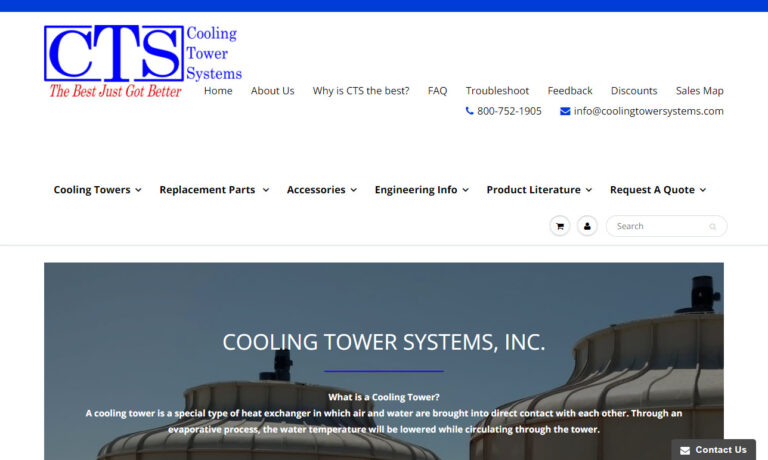
As a leader in the industry, we have become competitive in all types of cooling tower projects of any size and design. We are constantly developing newer methods to serve the growing needs in the industry, and our efforts have led us to become a highly competitive, full-service engineering, design, and repair contractor. Our emphasis on performance and low maintenance continues to give STAR the...
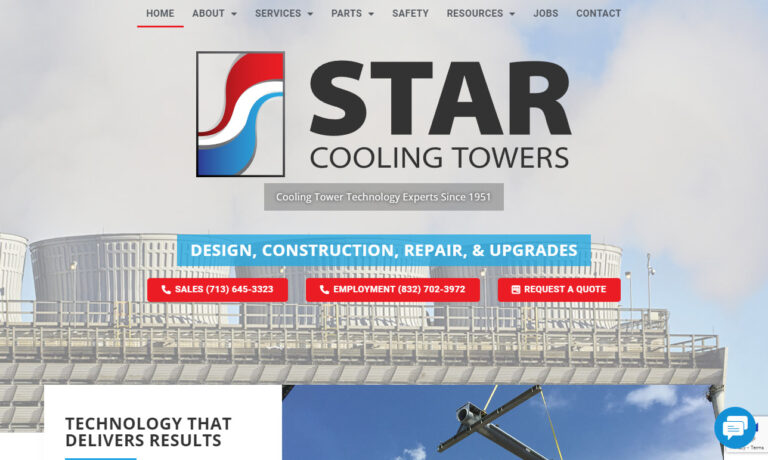
Since 2004 Composite Cooling Solutions (CCS) has been a supplier for cooling tower solutions. Though CCS was officially created in 2004, our staffs experience in the field goes back over a century and a half. We specialize in creating concrete cooling towers with both counterflow and crossflow configurations. With our extensive background in the industry and our growing number of cooling tower...
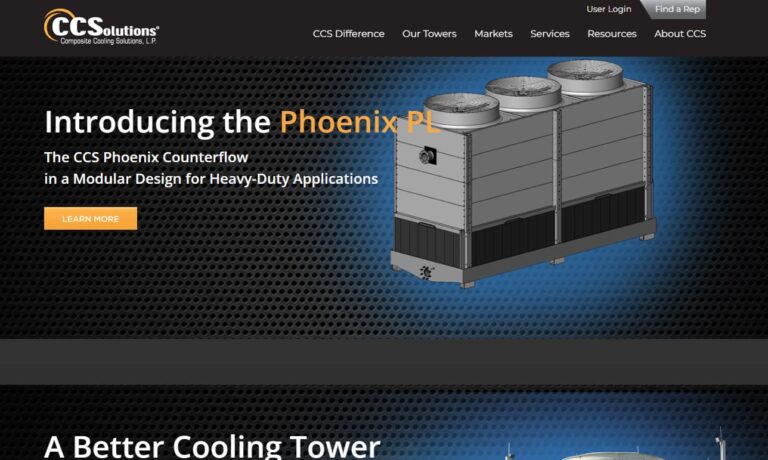
At Cold Shot Chillers, we create a number of chilling systems, including cooling towers. Our products are designed for durability and cost effectiveness. Our engineers can easily custom build any machine to fit the needs of a particular application.
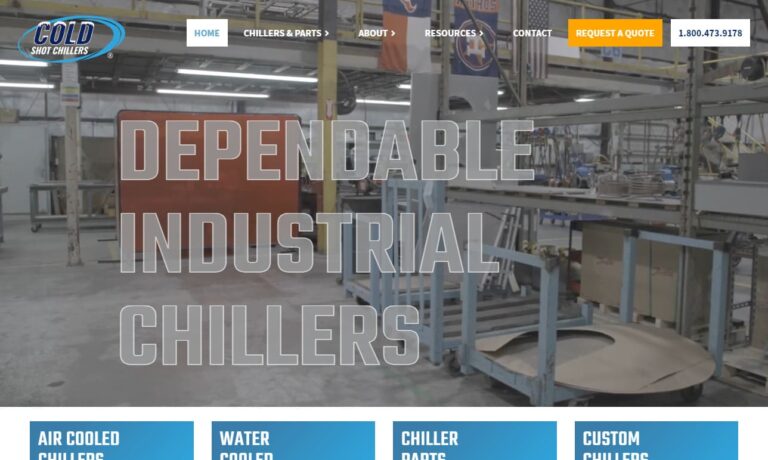
More Hyperbolic Cooling Tower Manufacturers
These patterns are frequently linked to nuclear power facilities. This association is false, though, as sizable coal-fired power plants frequently employ the same cooling towers. On the other hand, not all nuclear power facilities have cooling towers; some use lake, river, or ocean water to cool their heat exchangers. Hybrid cooling towers have recorded thermal efficiency of up to 92%.
True hyperboloids employ natural drafts to bring air into the system, which is then used as a coolant, unlike mechanical draft cooling tower systems, which are occasionally constructed to resemble hyperbole. However, because natural draft towers require a massive tower structure, they are frequently very expensive to build. Despite their high initial cost, hyperbolic cooling towers are among the most cost-effective industrial towers.
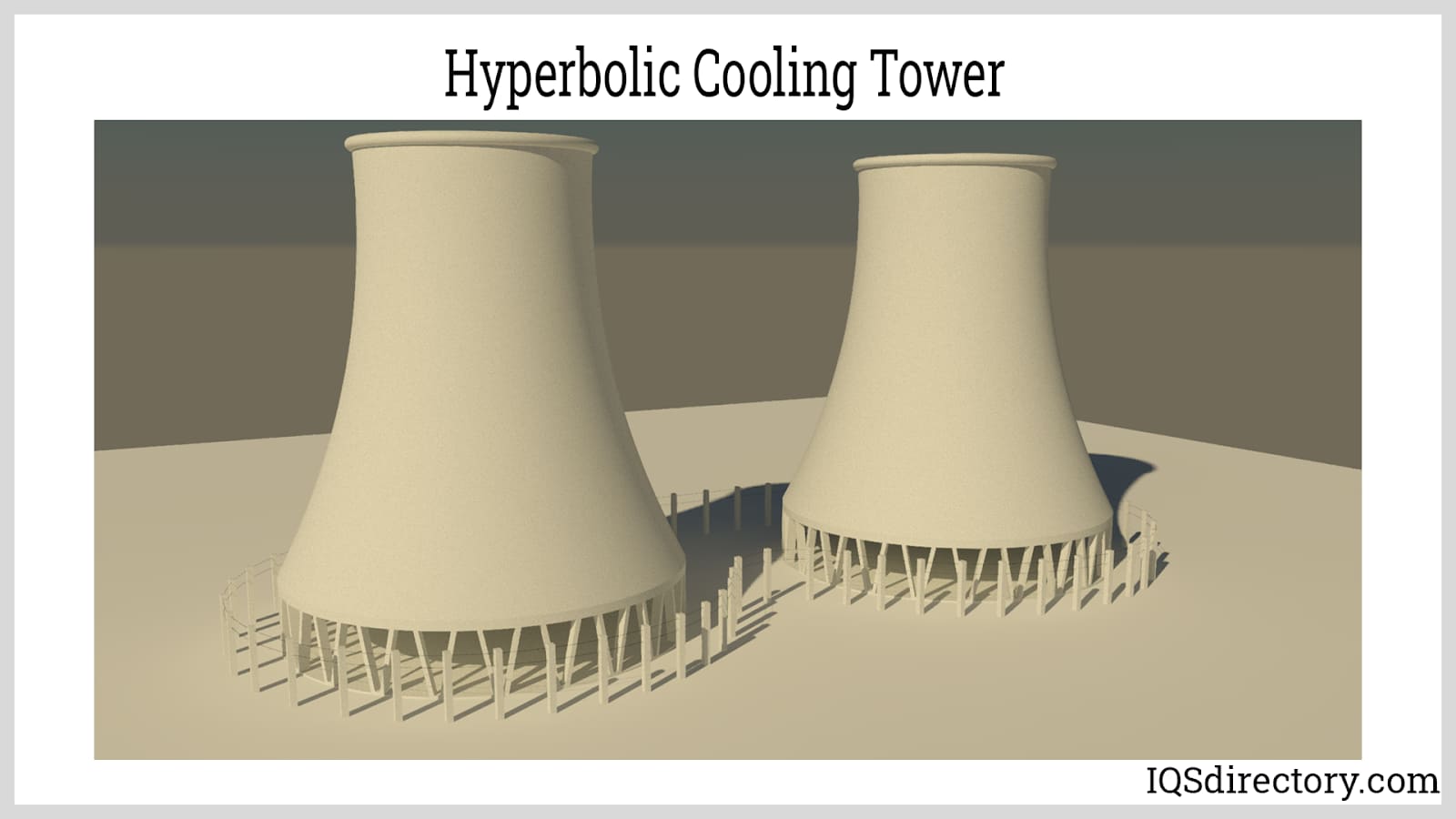
How Hyperbolic Cooling Towers Work
The design preserves structural integrity while utilizing the least amount of material possible. The cost of operating the fans required for forced and induced draft cooling towers is also eliminated by natural draft. These hyperbolic cooling towers are frequently used in coal-fired, nuclear, power utilities, and thermal power plants. Power Plants producing electrical energy generate a significant amount of waste heat, regardless of design, demanding a significant initial expenditure.
One sheet of hyperboloid geometry, which curves inward in the middle and billows out at the top and bottom, is used to form the shape of these structures. This architectural structure has a lot of advantages. Still, because it generates a lot of useless volumes, it is more frequently utilized in applications with a specific purpose, like cooling towers.
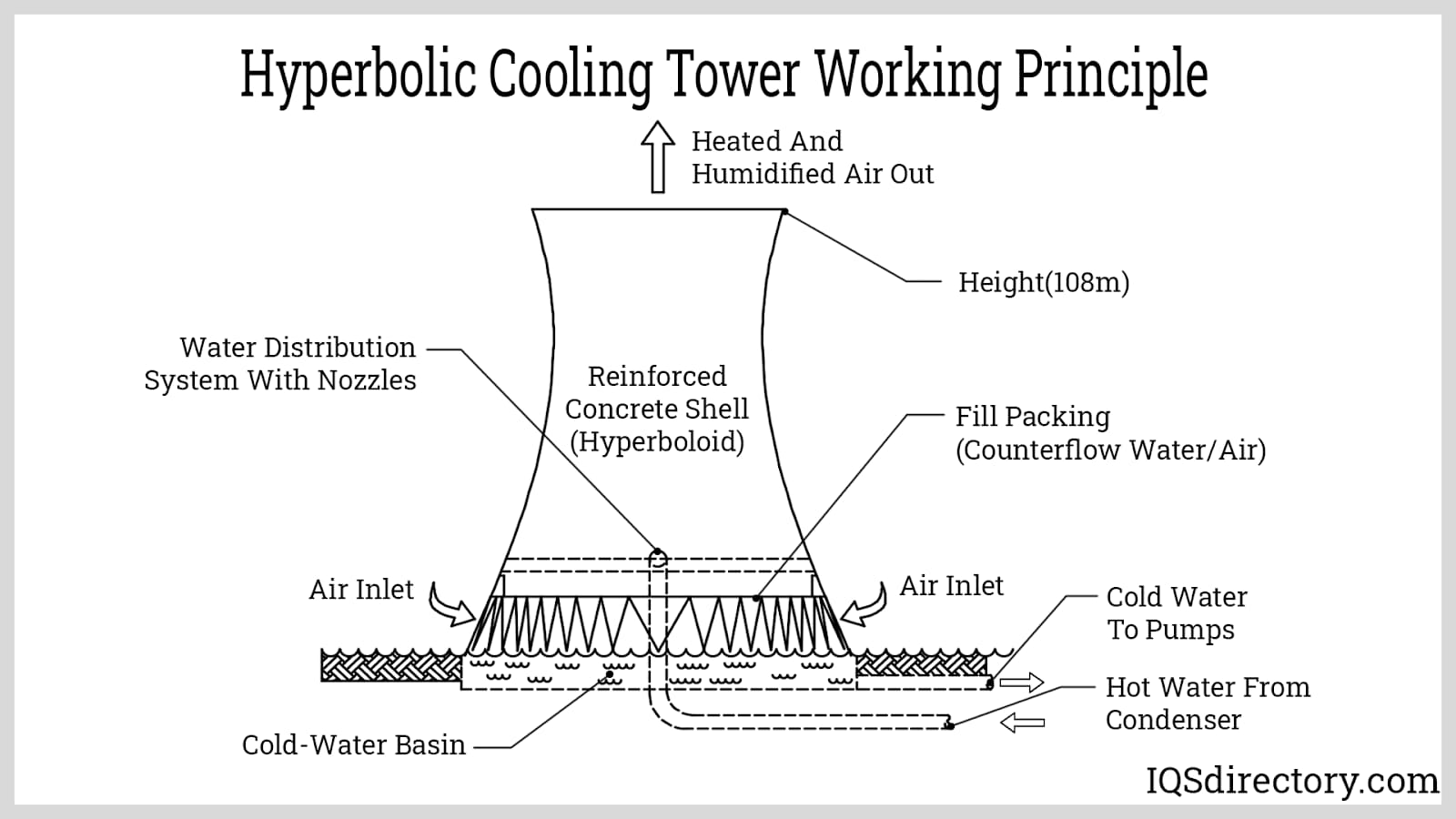
This design has a built-in structural economy because a single-sheet hyperboloid may be constructed using a lattice of straight beams. In terms of strength and convenience, these are preferable to curved beams. Strength is crucial since big towers need to be able to withstand bad weather and strong winds.
Stainless steel is typically used for the beams, while concrete fill is used for the shell. The form itself aids in the cooling procedure. Pumping the hot fluid into the tower from above is how natural draft cooling towers operate. The cold updraft of air allows for evaporation and heat transfer from the fluid to the air, reducing the temperature as gravity pulls the liquid downward.
Hyperbolic cooling towers’ deisgn hastens the airflow, which increases cooling effectiveness. However, despite the sturdy construction and materials, corrosion-induced damage that could harm cooling processes is possible because of the tower's fluctuating dry and wet circumstances.
Applications of Hyperbolic Cooling Towers
- By evaporation in cooling tower systems, water is used to remove extra heat from the network and release it into the environment. The three primary parts of a cooling system are heat exchangers, recirculating pumps, and cooling towers. Before running through a heating system, water gets heated.
- Hot water fills the tower from production equipment, a commercial air conditioning system, or any other heat source and disperses evenly at the top.
- The device disperses the water as it cascades down the tower, increasing the water-air contact and, thus, the rate at which heat is transferred through evaporation.
- The cycle starts again when the cold water is pumped back to cool the initial heat source. For system balance, a drain valve directs a portion of the water system to the sink. The line feeds fresh water into the cooling tower to refill it.
- You can reuse the same water by using a cooling tower to reduce the heat absorbed in the water. You can preserve water, which is getting harder to find these days.
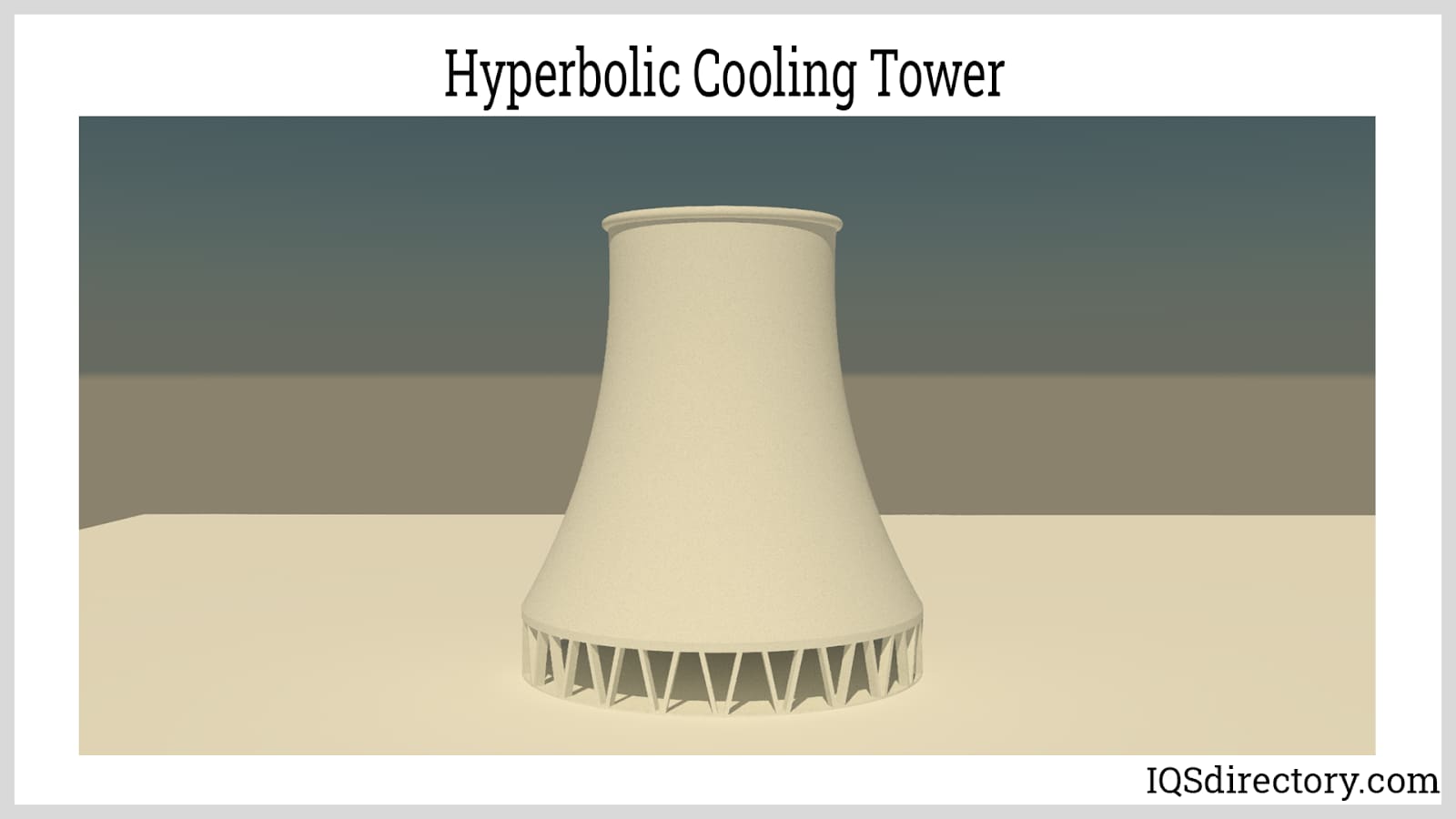
Advantages of Hyperbolic Cooling Towers
- Since it is contaminated with pollen, dirt, germs, and other material that speeds scaling and serves as a breeding ground for waterborne pathogens, a cooling tower with unclean water are ineffective. That accumulation causes nozzles, tubes, and heat transfer surfaces to get coated and clogged, making the system work harder and use more energy. For more efficiency, an efficient filtration system reduces such deposits.
- Sludge removal takes less time when there is less buildup in the basins. A system operating with cleaner water performs at higher optimum levels and needs less reactive maintenance overall.
Choosing the Correct Hyperbolic Cooling Towers Supplier
To make sure you have the most positive outcome when purchasing Hyperbolic Cooling Towers from a Hyperbolic Cooling Towers Supplier, it is important to compare at least 4 Manufacturers using our Hyperbolic Cooling Towers directory. Each Hyperbolic Cooling Towers Company has a business profile page that highlights their areas of experience and capabilities and a contact form to directly communicate with the manufacturer for more information or request a quote. Review each Hyperbolic Cooling Towers company website using our proprietary website previewer to get an idea of what each business specializes in, and then use our simple RFQ form to contact multiple Hyperbolic Cooling Towers businesses with the same form.

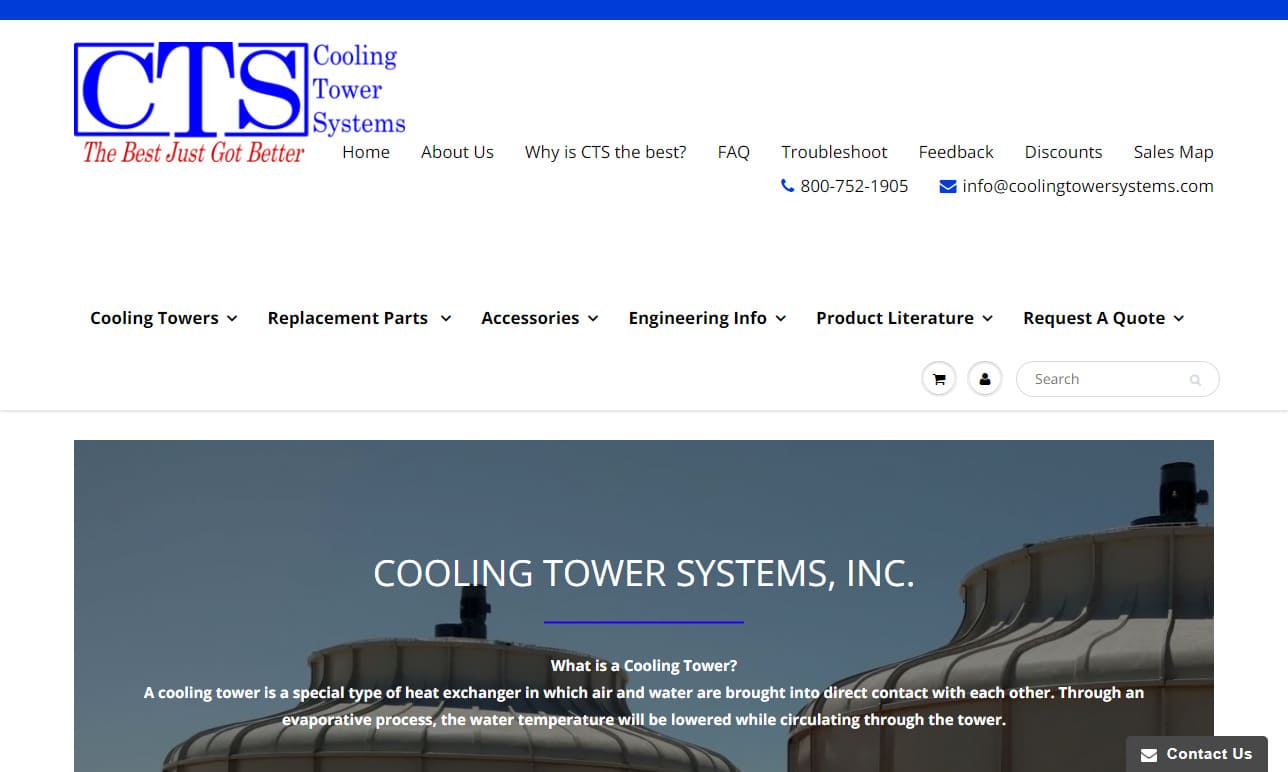
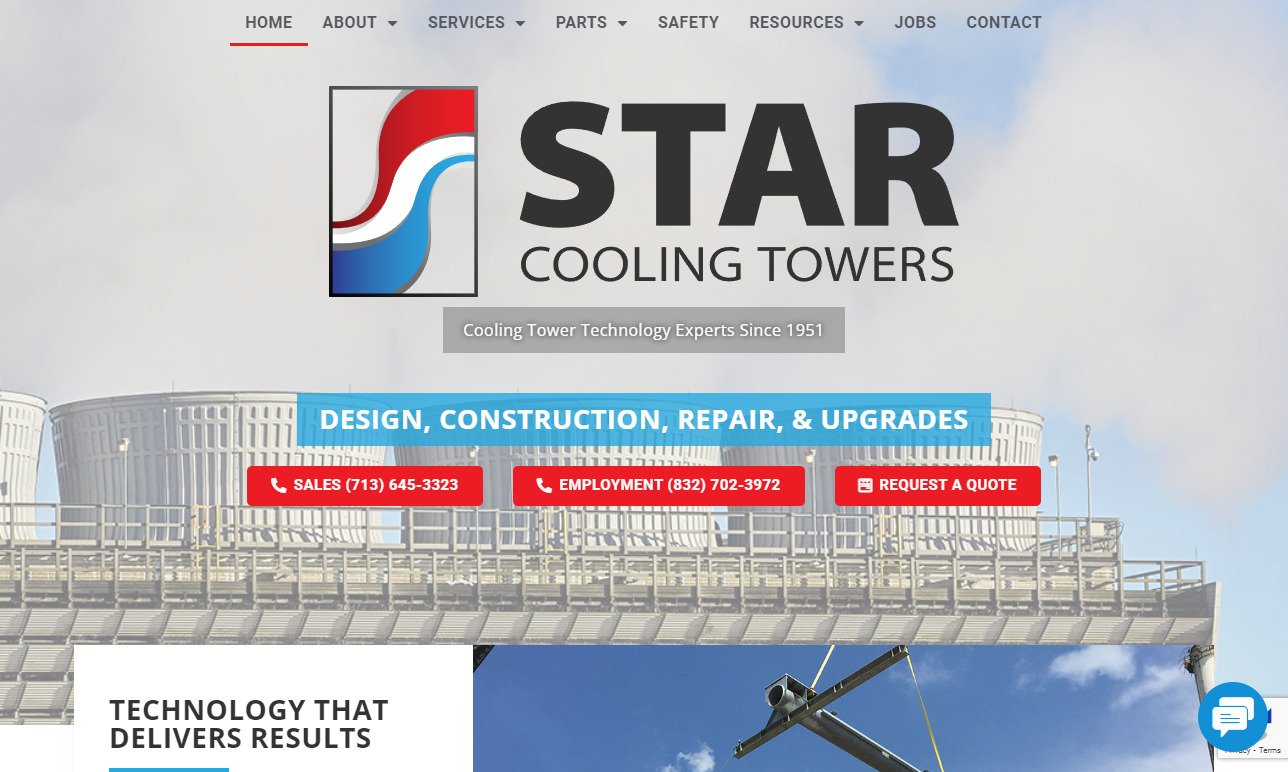
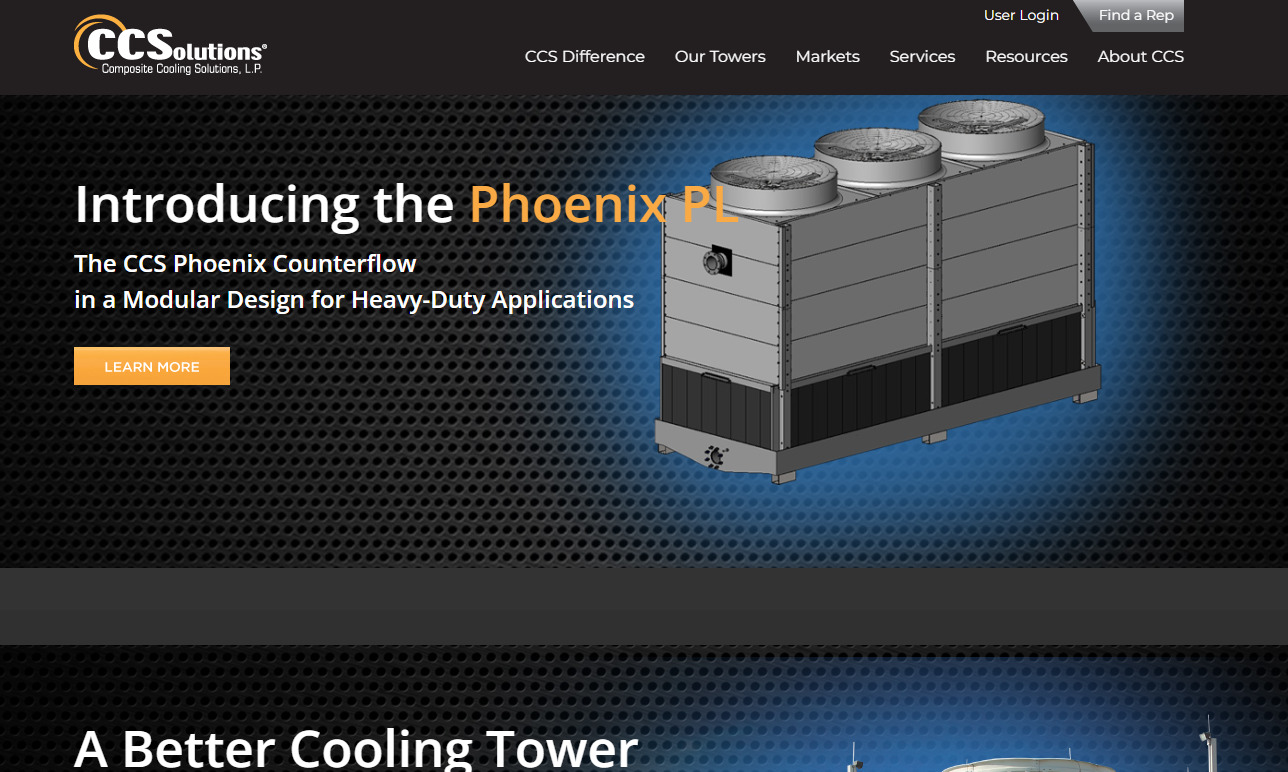


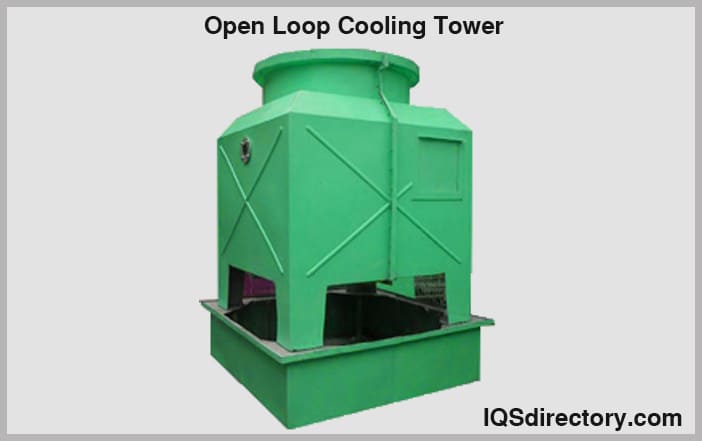
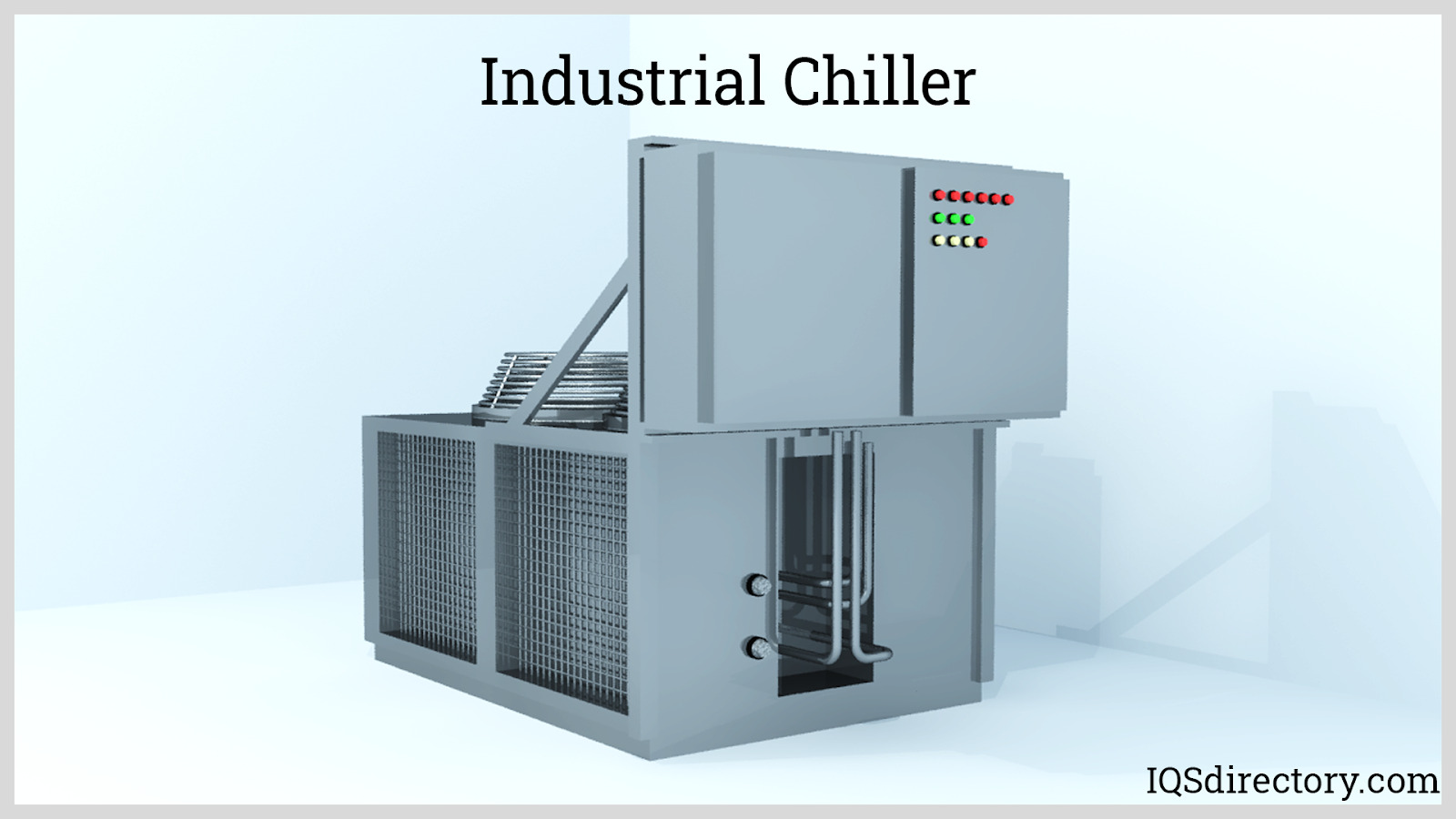
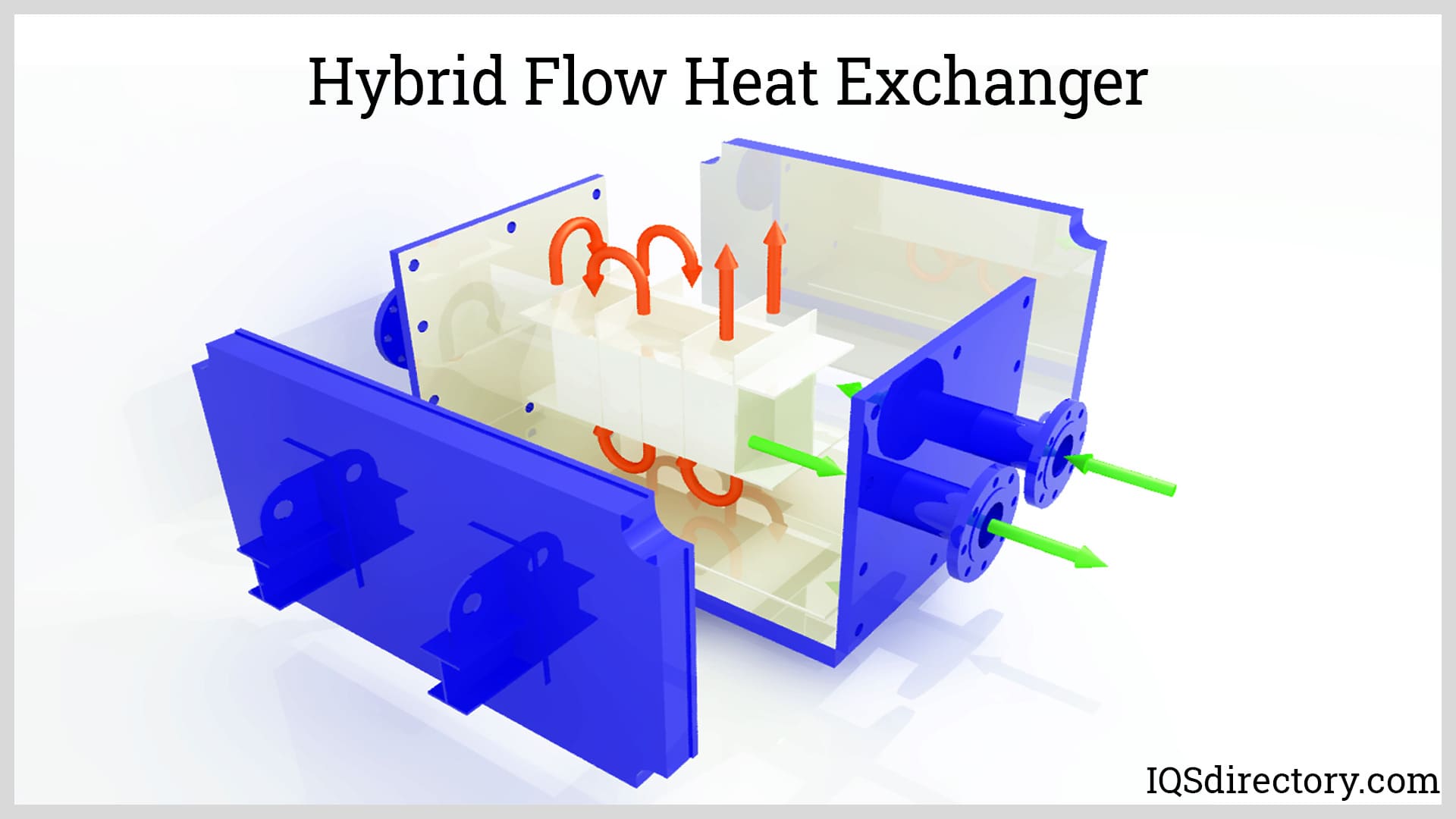
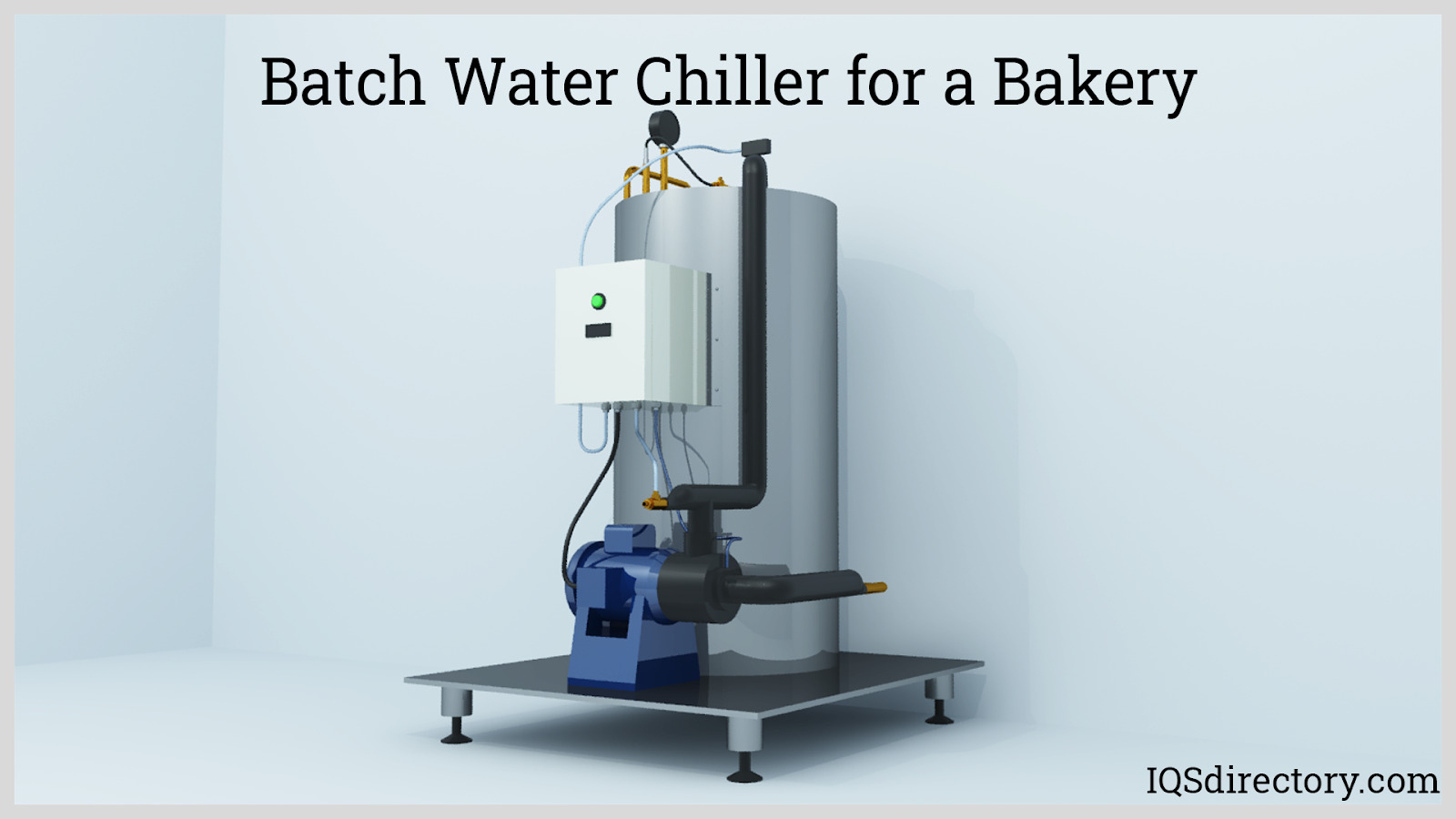
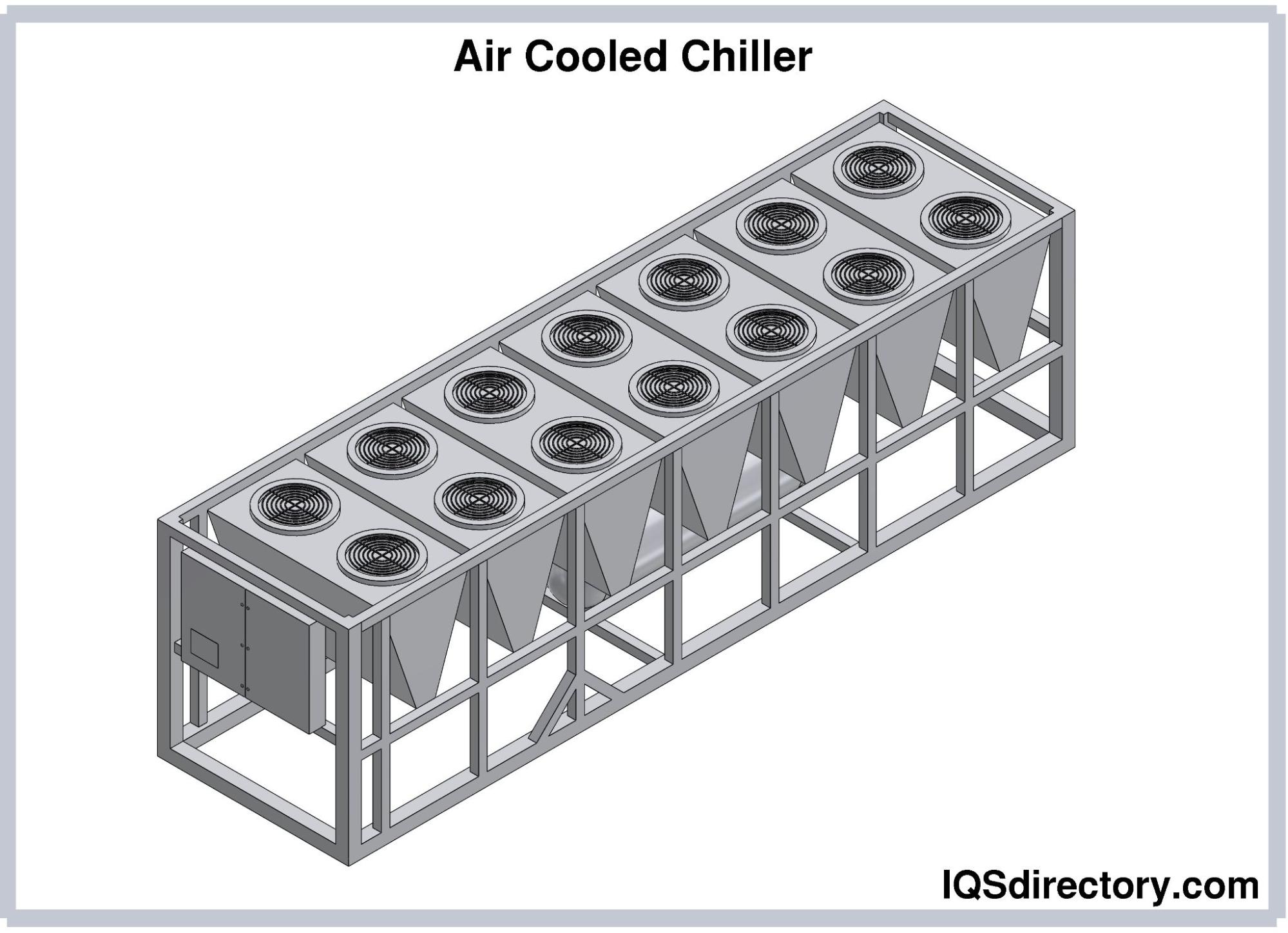
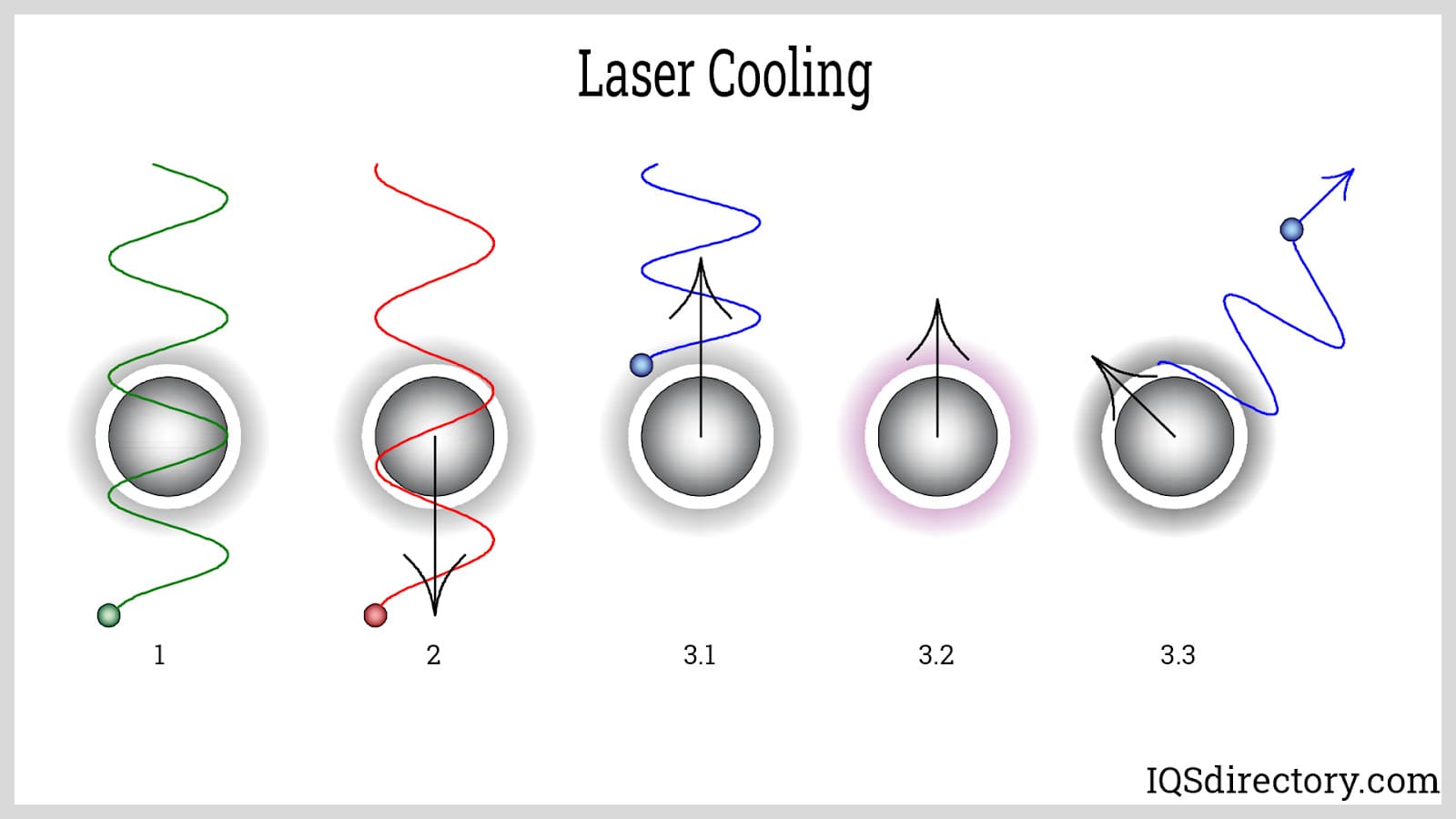
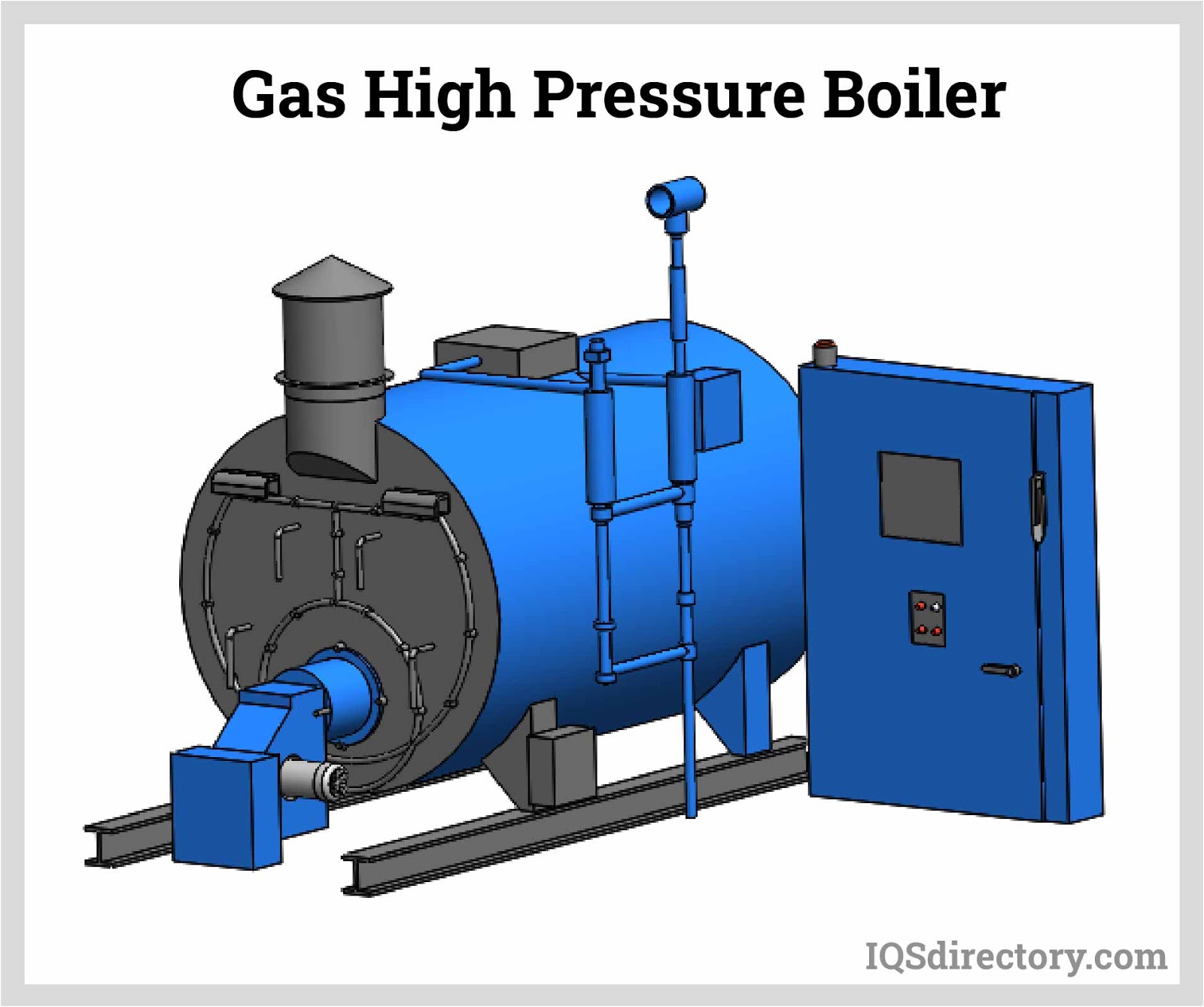
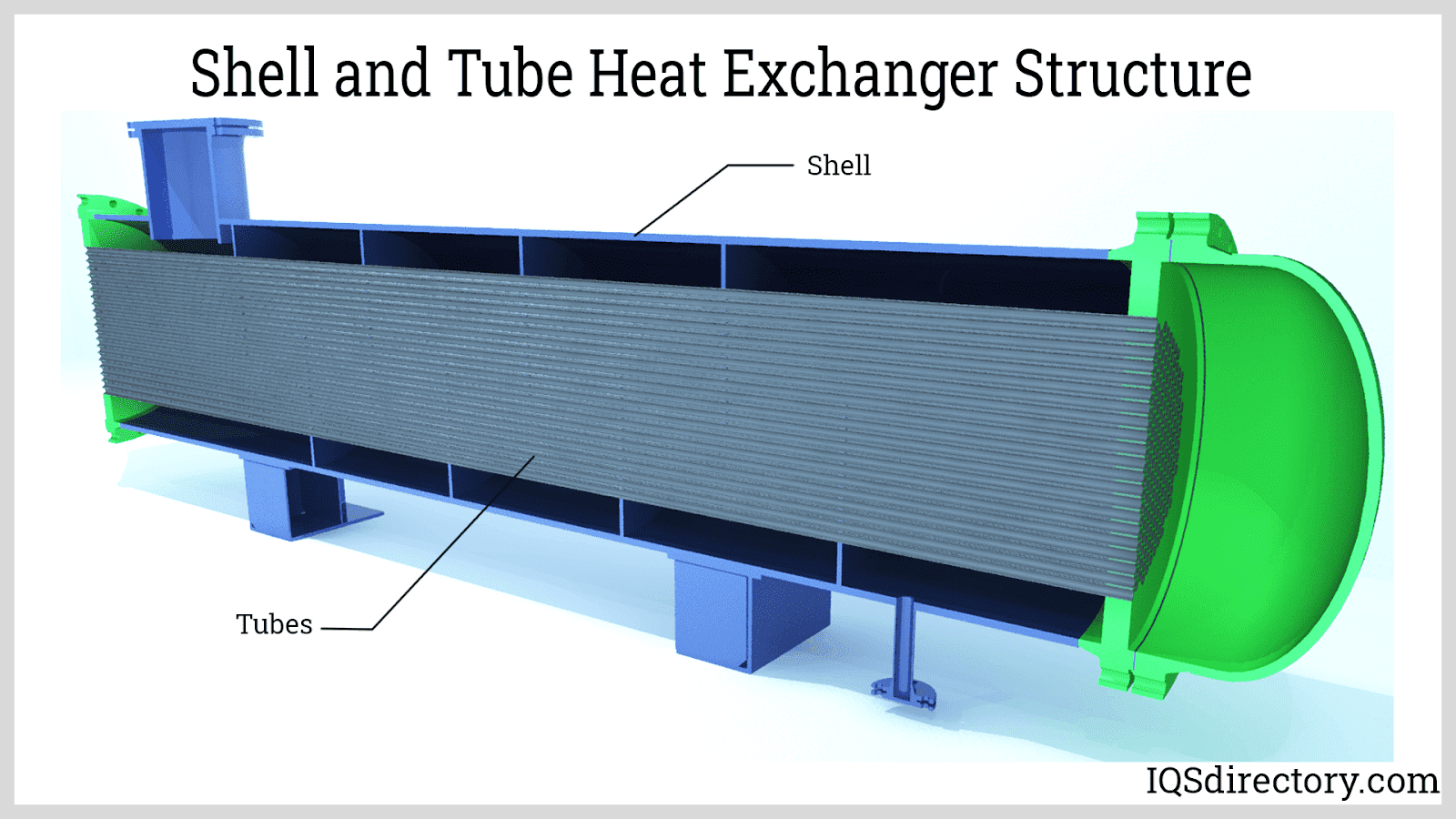
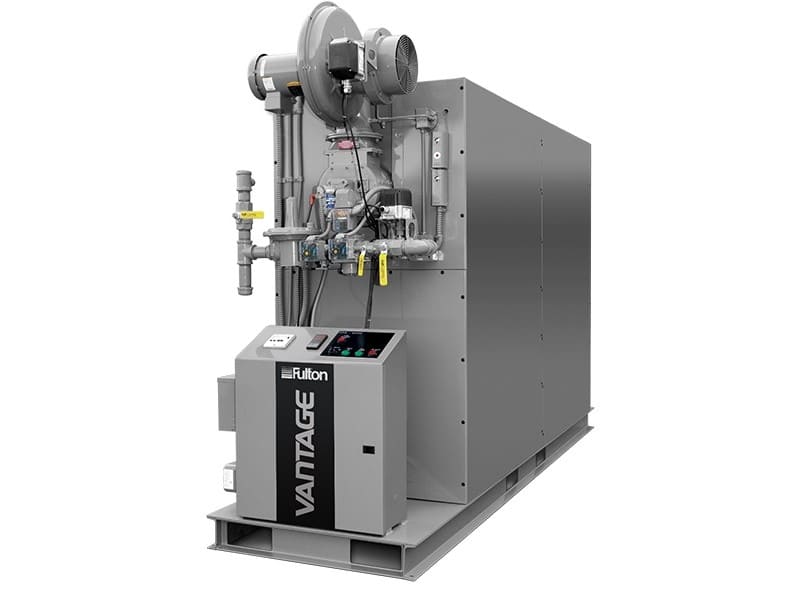 Boilers
Boilers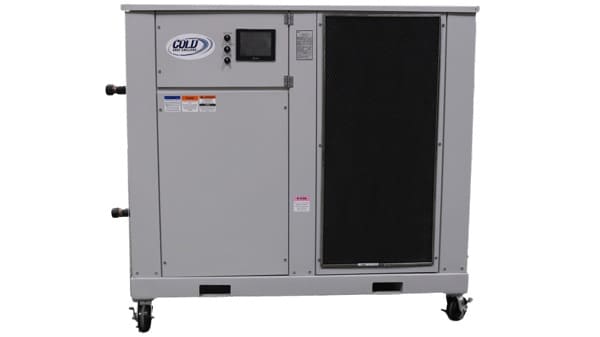 Chillers
Chillers Cooling Towers
Cooling Towers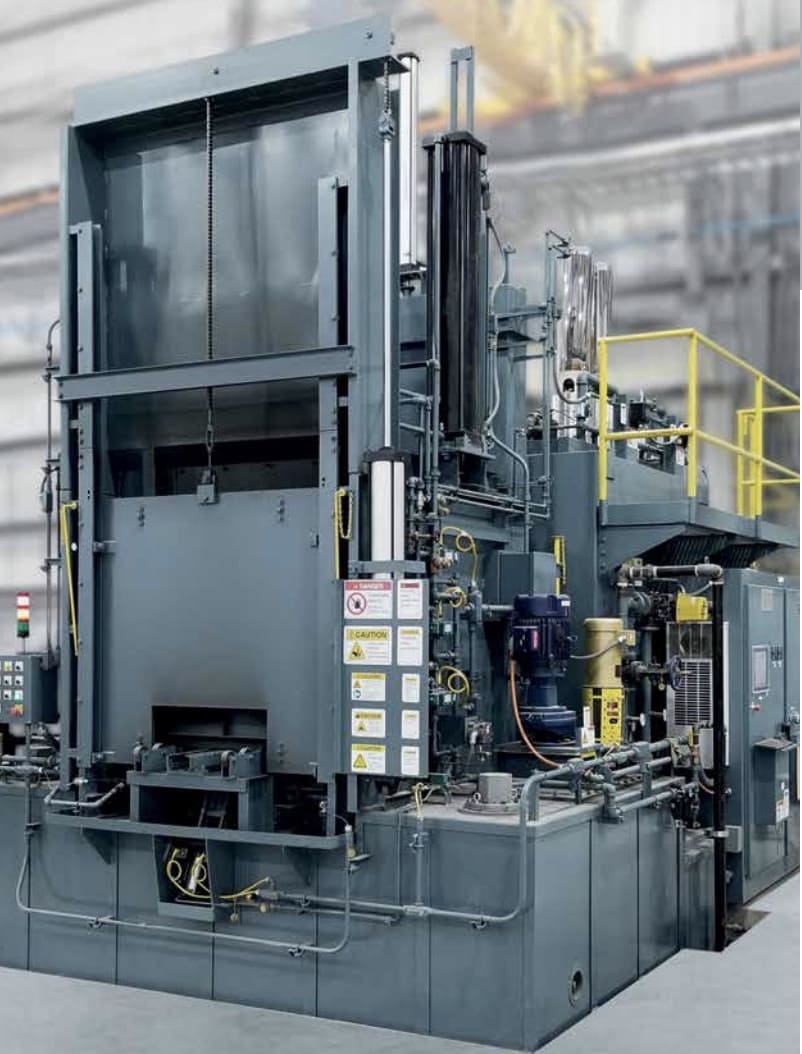 Furnaces
Furnaces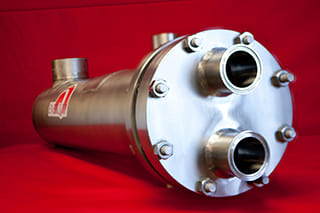 Heat Exchangers
Heat Exchangers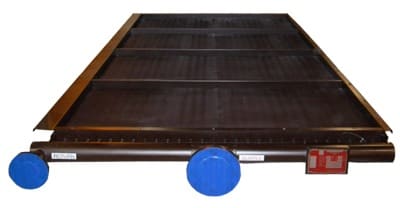 Heat Transfer Equipment
Heat Transfer Equipment Castings & Forgings
Castings & Forgings Bulk Material Handling
Bulk Material Handling Electrical & Electronic Components
Electrical & Electronic Components Flow Instrumentation
Flow Instrumentation Hardware
Hardware Material Handling Equipment
Material Handling Equipment Metal Cutting Services
Metal Cutting Services Metal Forming Services
Metal Forming Services Metal Suppliers
Metal Suppliers Motion Control Products
Motion Control Products Plant & Facility Equipment
Plant & Facility Equipment Plant & Facility Supplies
Plant & Facility Supplies Plastic Molding Processes
Plastic Molding Processes Pumps & Valves
Pumps & Valves Recycling Equipment
Recycling Equipment Rubber Products & Services
Rubber Products & Services